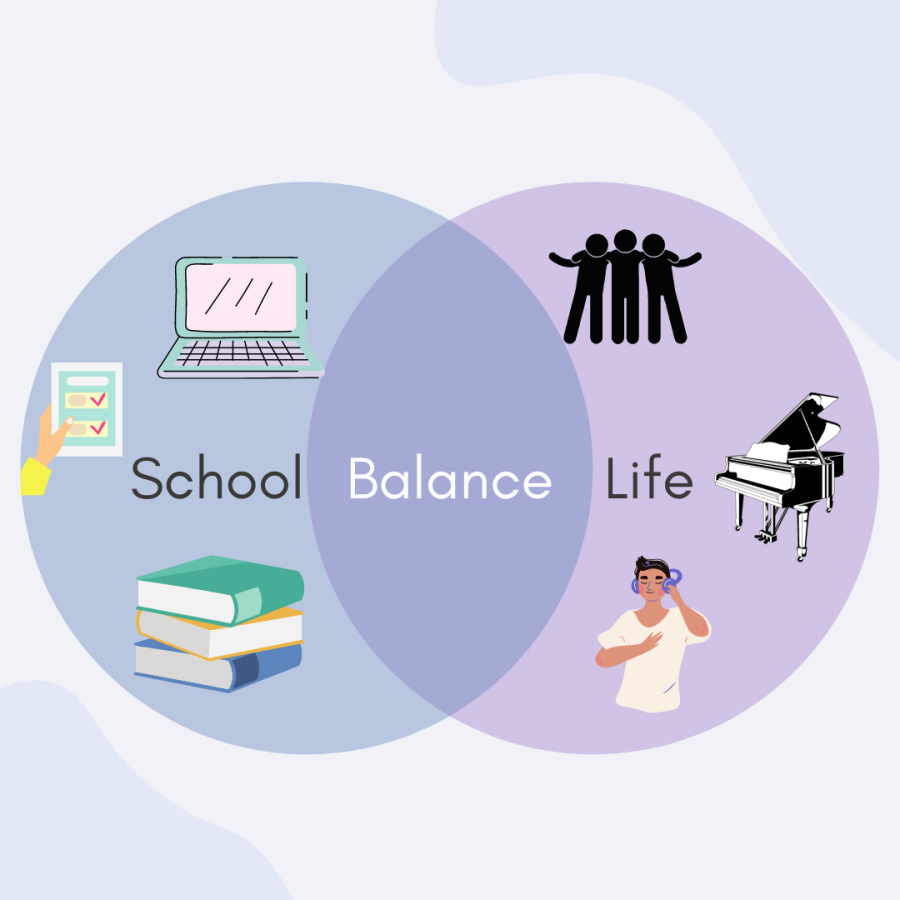Four-day week or year round school is an alternative schedule that many states are trying to help with student and teacher motivation, along with saving thousands of dollars each month. Many people question if both of these systems can improve education and be the best for students.
A four-day week involves the schedule to reduce the number of school days as students attend school for four days instead of the traditional five-day week. It is usually from Monday to Thursday, but most schools opt for Tuesday through Friday. Most four-day schools are generally in the low population/rural areas. In recent years, more urban districts have begun to adopt this system. The four-day week has gained popularity over the years! According to Education Week, about 900 districts nationwide have changed to the system. That’s more schools since back in 2019, where 650 districts adopted this schedule.
A four-day school week may offer several benefits; however, it does have its drawbacks.
Pros of four-day week: cost savings! Districts can cut and save transportation, food, utilities, and staff costs. It can also improve attendance! With no school on either Monday or Friday, having a longer weekend will less likely for a student to miss school. It can attract teachers and also make them more prepared and engaged as it is a shorter week.
Cons of four-day week: Since students get four weeks, there are longer school days for about 7.5 hours, which can be mentally and physically draining to some students. It can pose a challenge to many families! Many students depend on school lunches and parents having to make arrangements on that one day off.
Sophomore Ricki Knowlin added, “I would much rather go to school for four days a week with an extra day off and not getting my summer break cut short. It’s much better than going to a year round school and getting a break which will probably be only one week or less every four – six weeks.”
Four-day week may be a great change of system with many opportunities. But there is also a great educational system such as a year round school!
Year round school is basically a balanced calendar which offers the same 160 to 180 days of school as the traditional nine month school year. The difference is that the school summer break is distributed over the year as every four to six weeks, they get a break. The breaks are usually one or two weeks off with Christmas being two weeks long. According to the Education Commission of the States, twenty-five states allow year round school.
Pros of year round school: frequent breaks throughout the year! Since it is a balanced schedule and with one to two weeks breaks every four weeks, it can help reduce burnout among students and teachers. It reduces class sizes and overcrowding in classrooms. Reducing summer can help combat learning loss as longer summer can academic loss. It allows students to either catch up or ahead of studies during these breaks.
Cons of year round school: summer vacations are reduced! Summer break is a much needed break for students and teachers. With breaks throughout the year it can cause stop-start routines that slows progress.
“I choose year round schools because it will be nice to have a break every once and a while. In my opinion, I feel like it is better for one’s mental health and gets more beauty sleep,” added senior Melanie Espinoza.
Four-week or year round school is a great educational system change. People are still continuing to discuss and debate on how to improve educational systems. When choosing the weekly schedules for school, it is impossible to please everyone.








































